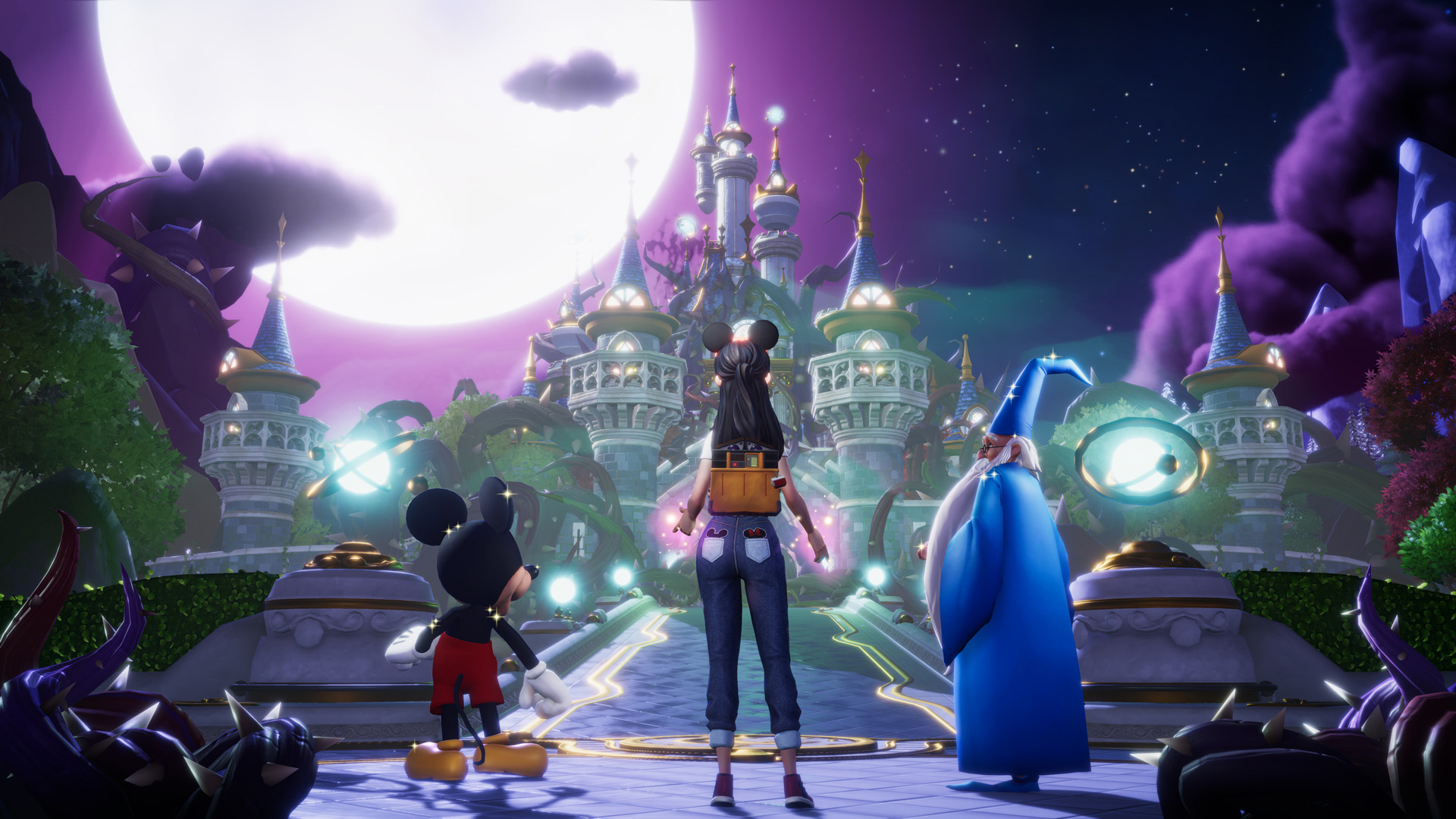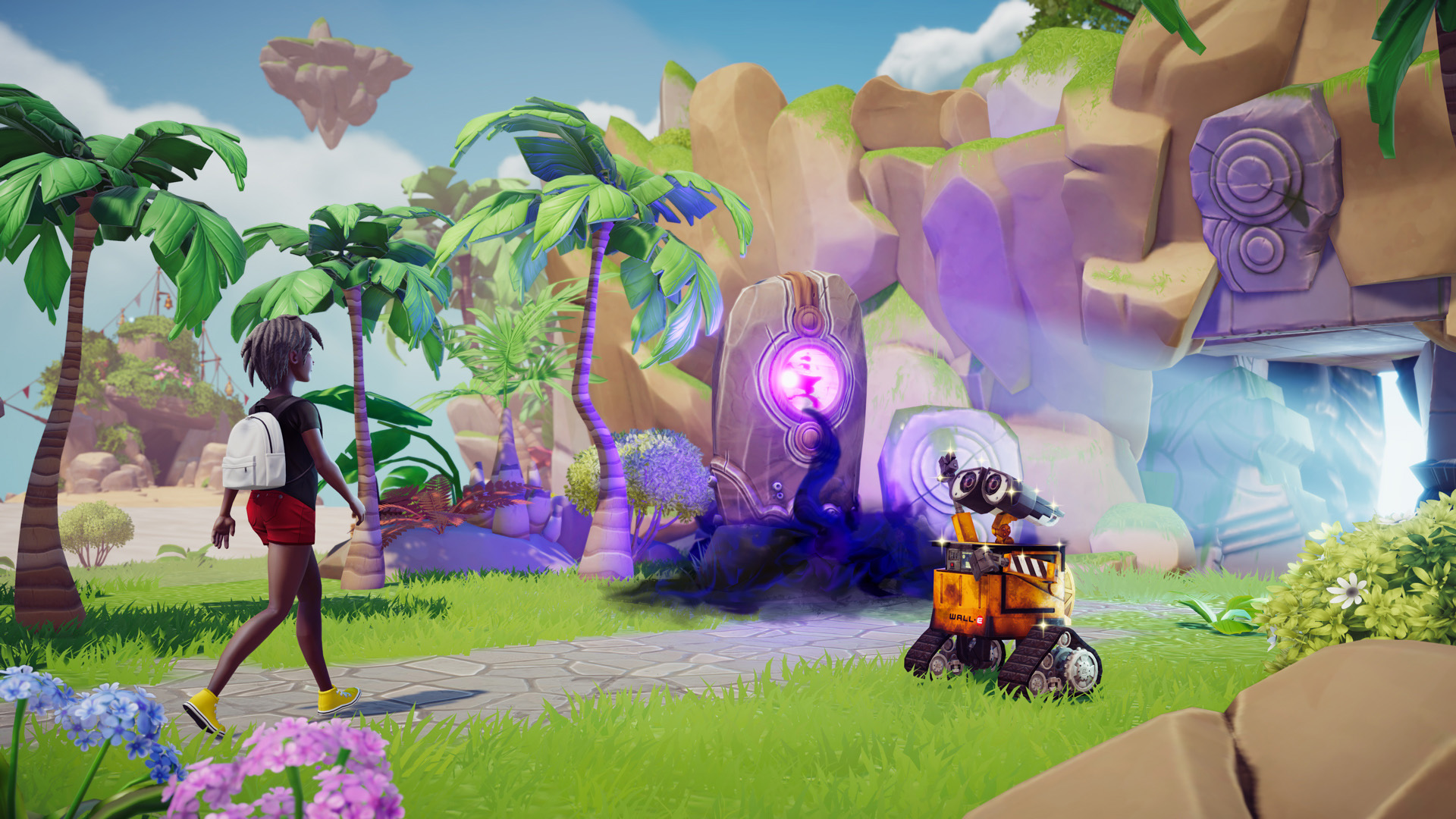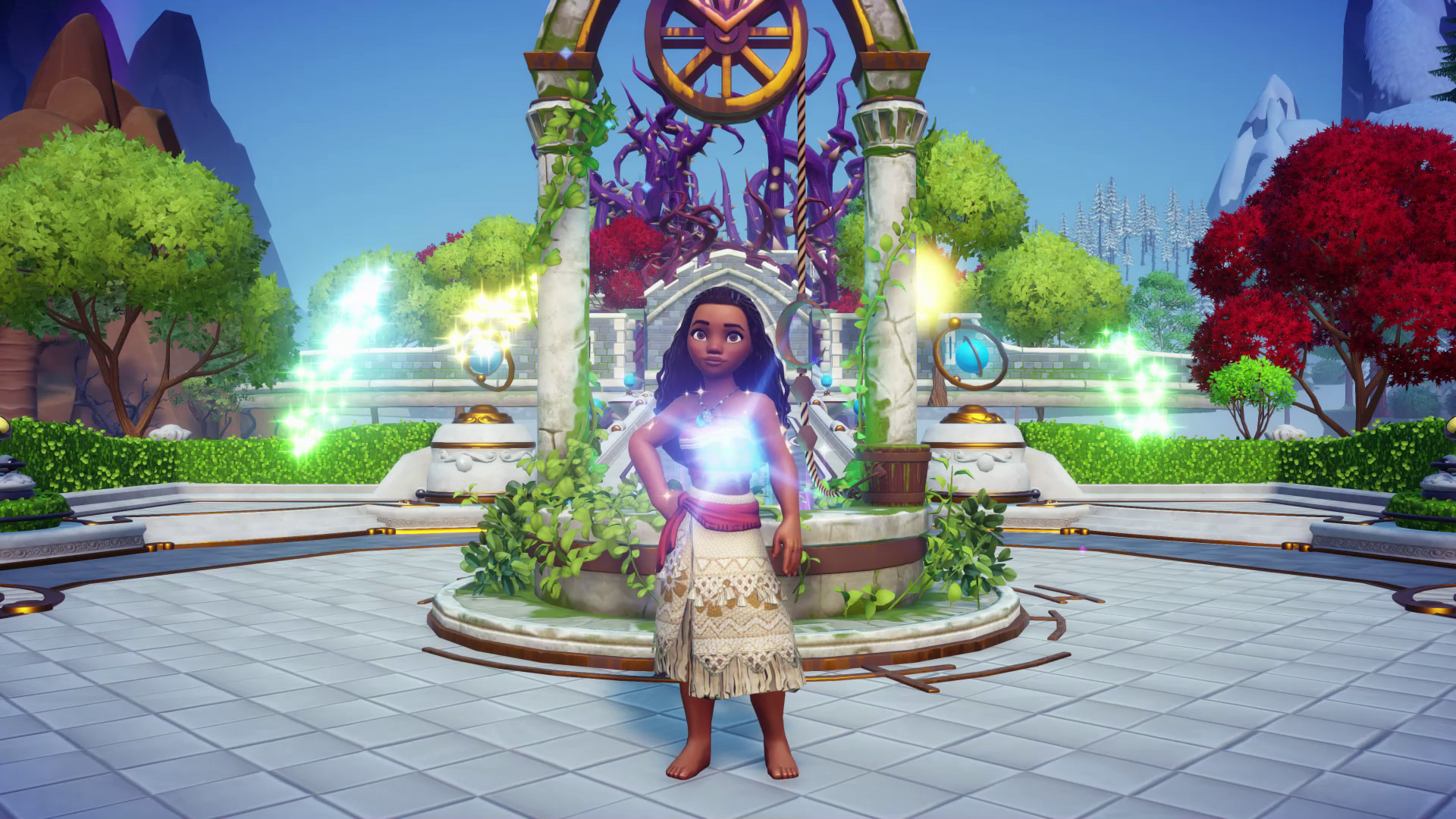Disney Dreamlight Valley has replaced bedtime stories in my house - and my 3-year-old is over the moon
Familiarity makes Disney Dreamlight Valley less intimidating than other life sim games

Disney Dreamlight Valley has replaced bedtime stories in my house. My 3-year-old daughter, as you might expect, is absolutely thrilled by this – and while swapping books for video games before bed might be the stuff of nightmares for tabloid newspapers and traditionalist media commentators, playing Gameloft's Early Access life sim-meets-adventure game side-by-side with my wee pal Lily over the last week has been wonderful. There's a lot of reading in Disney Dreamlight Valley anyway, and, given the fact Lily can't actually read yet, I've taken on the role of narrator. Every time Mickey Mouse appears on-screen, I sound like I've huffed a balloon full of helium. I go slack-jawed in Goofy's presence, grouchy in Scrooge McDuck's, and adopt a posh and wisdomous, caricature English twang when stood before Merlin. Which, I must admit, is no mean feat for my rasping Scottish vocal chords.
Between times, when I'm steering our avatar around the game's non-narrative trappings, I voice a running monologue to explain why we're gathering coins, mining rocks, crafting fruit salads, and searching for Mickey's Memories among a myriad of other social simulation activities – so that when we next chat to an in-game NPC, Lily understands why we've spent so much time faffing about beforehand. What keeps her going in these conversational lulls is knowing an interaction with Moana or Wall-E or Ariel is just around the corner, which is her cue to then laugh and scream and clap excitedly, wide-eyed and smiling from ear-to-ear.
Admittedly, it's this same sense of familiarity with Disney Dreamlight Valley's blockbuster roster and the thought of who we might discover next, that's driving me through the more tedious, grind-driven moments otherwise synonymous with life sim games. Breaking into the likes of Animal Crossing: New Horizons or Stardew Valley can be quite intimidating, especially if you came to these games late, but given the townsfolk in Disney Dreamlight Valley are some of the most famous and recognisable cartoon characters ever known, settling in here feels so much easier.
There goes the neighborhood


Released on March 20, 2020, Animal Crossing: New Horizons entered the world at a strange time. The World Health Organization had not long declared the global pandemic, and lockdown and quarantine measures had begun to sweep the globe. Suddenly, in a bid to halt the spread of the virus, we were unable to freely explore the real world to any degree – in the UK, for example, we were advised to leave our homes for just one hour per day – and so being able to escape to an idyllic, digitized and personalized paradise was instantly appealing. Be it as a means of escapism, or in order to keep up with pals online in lieu of real world contact, New Horizons took on a life of its own against an increasingly grim reality.
Overnight, social media was swept with New Horizons players trading produce, leveraging an in-game economy for the best prices; fashion shows, where players paraded their best outfits; and even in-game talk shows, such as screenwriter Gary Whitta's Animal Talking, which hosted an array of top-tier Hollywood talent over the course of its multi-episode run. Watching it all unfold was amazing, but if, like me, you didn't get in on the ground floor from the start, it was all quite overwhelming. What did these codes mean, why were people so desperate to sell turnips, and, hold the bus, Tom Nook is in charge now?
By the time I finally did get into Animal Crossing: New Horizons in the latter half of 2020, I felt like a newcomer. Despite running my own island, I felt like a tourist, like I'd missed the boat after that rush of unfiltered excitement earlier in the year, and while it didn't take me too long to get settled once I got the ball rolling, I've always regretted not being around from day one. Sure, there were familiar characters from previous AC games – not least Tom Nook, Isabelle and Goldie – but everything, and everyone else, felt new and different and strange. I realize the same could be said for just about any big game that dominates the news cycle at any given time, but given the meteoric rise of New Horizons during a very unique moment in history, my feelings of FOMO were amplified more than they might have been in different circumstances.
Let it go

"The sense of familiarity gleaned from hanging out with famous Disney characters has made me feel instantly at home".
Who knows if Disney Dreamlight Valley will come close to matching the success of something like Animal Crossing: New Horizons. It's still in Early Access after all, but any game that can promise Toy Story's world and characters as upcoming content surely isn't to be sniffed at. Moreover, despite having picked up Disney Dreamlight Valley during its opening week myself, I feel like the sense of familiarity gleaned from previous life sim game experience, as well as being able to kick about with Minnie and Mickey Mouse, Goofy, and Scrooge McDuck (whose unwavering persistence while following you about, funnily enough, echoes that of Tom Nook) has made me feel instantly at home – feelings I reckon will extend to players universally from the outset, no matter when they decide to jump in.
Weekly digests, tales from the communities you love, and more
In the meantime, I'm increasingly aware that I'm edging closer to unlocking the Frozen realm in Disney Dreamlight Valley – which means meeting Anna, Elsa, and Olaf, and exploring the world of my wee daughter Lily's absolute favorite Disney movie. She can't wait. And so I can't wait. And I don't think bedtime stories will be returning any time soon.
Need a helping hand in all things DDV? Consult our Disney Dreamlight Valley tips guide. You can also read out Disney Dreamlight Valley review here!

Joe Donnelly is a sports editor from Glasgow and former features editor at GamesRadar+. A mental health advocate, Joe has written about video games and mental health for The Guardian, New Statesman, VICE, PC Gamer and many more, and believes the interactive nature of video games makes them uniquely placed to educate and inform. His book Checkpoint considers the complex intersections of video games and mental health, and was shortlisted for Scotland's National Book of the Year for non-fiction in 2021. As familiar with the streets of Los Santos as he is the west of Scotland, Joe can often be found living his best and worst lives in GTA Online and its PC role-playing scene.


